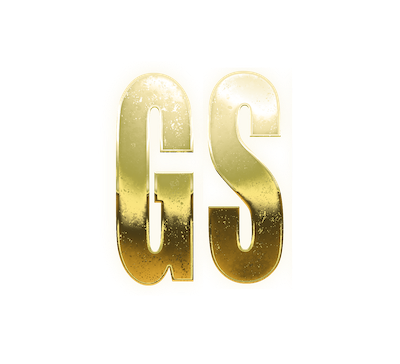Tracing the Origins of the Boba Phenomenon
By Kelli Luu | 09 Jun, 2025
Before boba made the Starbucks menu, it was sold by Taiwanese street vendors to kids looking for an after-school treat.
This Taiwanese street beverage has made its way to the United States ultimately forming a billion dollar industry that nobody can get enough of. We have all tried it, if not heard of it.
This is how boba or bubble tea became our generation’s go-to drink.
During the 1980s, Taiwanese tea houses began experimenting with their drinks. The idea of serving tea cold came about from tea store owner, Liu Han-Chieh.
Then in 1988 a project development manager worked with Han-Chieh to come up with the idea of combining fen yuan, a popular Taiwanese dessert, with the cold tea.
From there, Boba was born. Chewy tapioca pearls were being added to iced tea, along with sweeteners like condensed milk. The drink started to gain more attention when tea shops added different flavors of ice tea to their menus and was a total hit at night markets.
By the 1990s, boba shops were expanding out from Taiwan to other parts of East and Southeast Asia.
And due to the high increase of Asian immigration to the United States during this time, the boba empire traveled to North America as well.
Entrepreneurs in cities with high Asian populations like the San Gabriel Valley and Bay area opened boba shops that acted as safe spaces for the community. They were always go-to spots for students to study with friends or reward themselves after midterms.
Boba was slowly becoming a part of Asian American identity in the U.S. setting the stage for authenticity and also mainstream appeal.
Once the 2010s came around, you could find a boba shop in every city, not just predominantly Asian ones. Social media was fueling the fire as people were attracted to the chunky straws and fun flavors that, of course, looked great in photos.
Boba chains like ShareTea and Quickly started to establish themselves, rebranding the drink with aesthetic logos, colorful packaging, and “special ingredients”. With these special add on ingredients costing around $0.50 each, a regular boba beverage can cost you $7 or more.
And just like coffee, boba is suddenly a new lifestyle necessity.
With boba tea evolving, so was the crowd. Everyone was adding boba to their list of new things to try, which led some of the biggest retailers to join in on the craze.
Costco and Target started to offer brands of bubble tea in stores and there are even DIY boba kits where you can make your own drink and customize it right at home. Starbucks has also recently incorporated popping boba, also originated from Taiwan, on their menu, offering customers a vibrant refresher for the summer.
Mainstream companies may have just recently hopped on the boba trend, but Asian Americans have been enjoying it for decades. Today the boba empire stands. What started as a creative twist on a cold beverage is now an essential in foodie culture and recognized all around the world.

Asian American Success Stories
- The 130 Most Inspiring Asian Americans of All Time
- 12 Most Brilliant Asian Americans
- Greatest Asian American War Heroes
- Asian American Digital Pioneers
- New Asian American Imagemakers
- Asian American Innovators
- The 20 Most Inspiring Asian Sports Stars
- 5 Most Daring Asian Americans
- Surprising Superstars
- TV’s Hottest Asians
- 100 Greatest Asian American Entrepreneurs
- Asian American Wonder Women
- Greatest Asian American Rags-to-Riches Stories
- Notable Asian American Professionals

